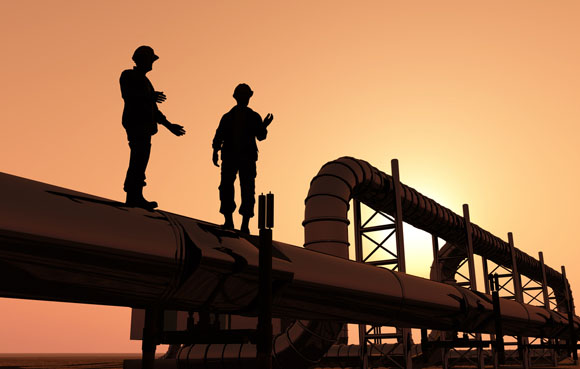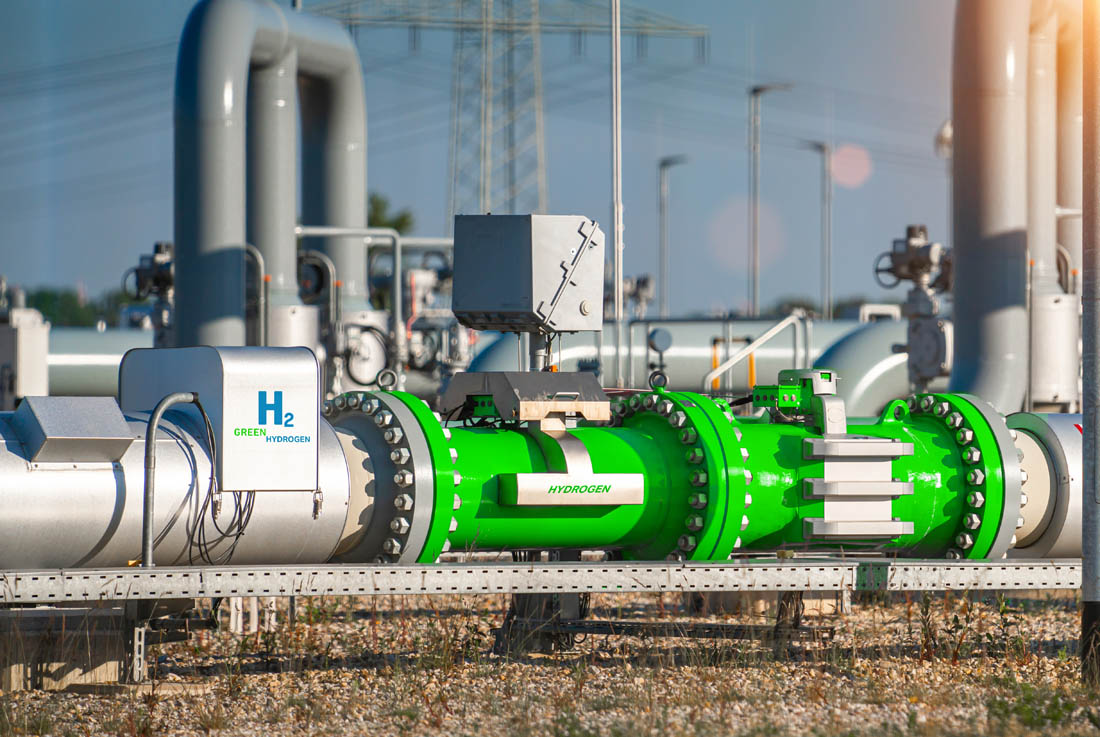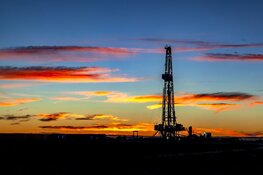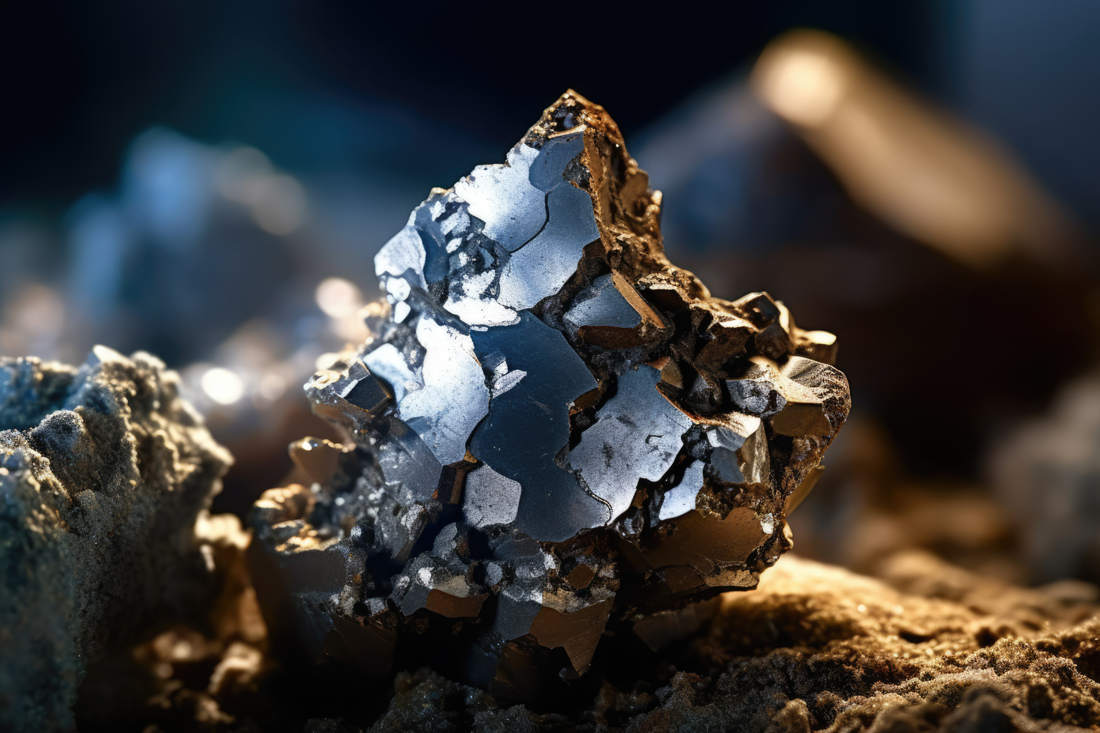The Energy Report: Oil has lost more than 40% of its value in the last four months. How low can oil go, and how long will its value remain depressed?
Mass Geremia: I've been through these cycles several times. This latest price decline is different than in 2008–2009. Back then, the world was going through an economic crisis. That is not the case today. I think we are witnessing a supply/demand shock based on both geopolitical motives and a modest increase in supply relative to total daily world oil demand. Oil will probably fall to about $40–50 per barrel ($40–50/bbl), but I don't think the price decline will last longer than another three to six months.
TER: You don't think the oil price has collapsed because the market is anticipating another economic collapse?
MG: If that were true, we'd see it in the stock and bond markets before we saw it in the oil market. Oil prices do not tend to predict economic events; they are lagging indicators. I think this event is driven by the Saudis, who have not decreased their production to send a signal to tight oil players. We are already seeing the results of this strategy in large capital expenditure decreases from oil companies worldwide.
TER: How did you move to protect Manitok Energy Inc. (MEI:TSX.V) from oil price volatility?
MG: By hedging. Earlier in 2014, we saw the price of oil above $100/bbl in the spot market. According to regression analysis, this was two standard deviations off the mean. So we thought we'd be able to lock in some pretty good profits and great internal rates of return (IRRs) on our projects. We hedged 1,500 barrels per day (1,500 bbl/d) for the whole of 2015 at CA$93.63 West Texas Intermediate (WTI). We're about 70% hedged for the year.
And we have some puts on gas as well. We've locked in a floor of $3.48 per thousand cubic feet.
TER: What effects is the oil price collapse having on the industry?
MG: We've already seen billions of dollars of budget cuts from North American oil and gas companies. These cuts mean that even after higher prices kick in, later in 2016, most large oil companies won't be able to deliver new supply until mid- to late 2016.
TER: Do you believe the oil price will be significantly higher in 2016?
MG: I think an average of $65–70/bbl seems reasonable for the second half of 2015, and $75–85/bbl for 2016.
"We focus on conventional reservoirs with payback periods of 12–18 months."
Below $70/bbl, heavy oil projects will slow down significantly. The Bakken and other tight shale plays also need $70/bbl for a reasonable rate of return. Keep in mind that individual tight oil wells produce most of their oil in the first 18 months, so if the price is low then, it really kills the economics of those wells.
TER: Manitok's land acquisition policy has been called "old school." Can you explain what that means?
MG: Well, much like companies in the 1980s and 1990s, we're looking for pools with short payback periods. Tight oil plays have longer payback periods—greater than two years—so they require large amounts of capital, whether from cash flow or by raising capital through equity or debt. Smaller companies like Manitok need to recycle cash flow to continue to grow. That's why we focus on conventional reservoirs with payback periods of 12–18 months. Even in a worse-case scenario, like we are seeing with today's oil prices, we're not required to rush out and raise a bunch of equity at low prices.
TER: What's your attitude toward risk?
MG: We are focused on what I call "little e" exploration. We're not chasing pure exploration plays in areas where there's no nearby production. For instance, with Entice, we had 3-D seismic and well control in old wellbores that gave us some idea of what was underground. Then we utilized analog pools located nearby, where Cenovus Energy Inc. (CVE:TSX; CVE:NYSE) had drilled 40 horizontal wells in the Basal Quartz zone in the last four years, and were successful in raising production from 1,000 bbl/d to 4,000 bbl/d.
We proved that these reservoirs are very thick and have a lot of oil in place. The reservoir quality varies—some places are tight and some places are porous—and it's hard to determine which is which. Drilling vertically is a bit of a gamble, but if you go horizontally for 800 to 1,000 meters, you intersect enough good reservoir to get a strong result.
TER: How has this strategy played out for Manitok?
MG: We've gone from zero to significant production levels three times in three different areas, so we think it's working well. We started with a heavy oil pool back when we were a private company, and took that to 400 bbl/d before selling it in 2012. We took Stolberg, our Cardium shale oil asset, from zero to more than 7,000 barrels of oil equivalent per day (~5,000 boe/d net) at its peak. And in just this last year, we have taken Entice from zero to about 1,500 boe/d in Q1/15.
TER: How does your company intend to exploit scale to its advantage in its landholdings?
MG: In the foothills, and especially in Entice, we have large land positions. In Entice, we have half of nine townships tied up, and a right of first offer on the other half. We are chasing lower Manville plays—specifically the Lithic Glauconitic (Lithic Glauc) and the Basal Quartz formations. We see those as channels and trends that weave through each of the nine townships.
"We've gone from zero to significant production levels three times in three different areas."
We've developed what I believe are three pools that we can move forward on in 2015/2016, two Lithic Glauc pools and one Basal Quartz pool. We believe there are many more opportunities in the Basal Quartz and Lithic Glauc formations on the Entice lands. As we garner more information from drilling the first pools, we will tighten up our seismic interpretation, which will improve our success rate and efficiencies as we look for additional pools on the nine townships.
TER: How does Manitok intend to expand production? I understand the company intends to go from 5,000 boe/d to 20,000 boe/d in the next five years.
MG: We have a five-year plan. The expansion is based on increased production from our current holdings and at least two further acquisitions within our two core areas, the foothills and Entice in southeast Alberta.
Given the current low price environment, there should be opportunities for acquisitions in the next 12–18 months. Low prices have caused a shake-up in the industry, leading companies to look at selling assets in order to shore up their balance sheets, and putting companies under pressure from their banks, making them merger candidates.
We'll try to take advantage of that in 2015/2016. We'll need to add a third core area by 2017 or 2018 to achieve our plan. We need to clear visibility to 5,000 boe/d in any new core area we might add. If we can't achieve that level of production by drilling or acquiring other assets in the area, we'll look elsewhere for another core area.
TER: How do you intend to manage your debt and protect your shareholders during this expansion?
MG: Because we were hedged to the end of 2015, we decided to accelerate the drilling of our Entice lands so we would know which pools to develop later in 2015. We used our debt to drill in the last half of 2014. Now, with the lower price of oil, we will likely not spend more than $5 million ($5M) of capital in the first six months of the year. We'll pay down debt with the cash flow we generate beyond that.
We'll evaluate market conditions late in the second quarter before deciding on capital for the second half of 2015. If we do see a bounce, and oil prices are at better levels, we'll expand our drilling program.
Most likely, 2015 will be a year of maintaining production levels and reducing debt. We could sell assets to pay down debt further if required.
TER: What is your current debt load, and how much cash flow are you generating per quarter?
MG: We exited 2014 with about $77M in debt. We did not provide any guidance for cash flow in the first half of 2015, but will pay down debt with the cash flow we generate beyond our capital requirements. We want to be positioned with as clean a balance sheet as we can by the end of 2015, so that when the cycle turns up we're in a good position to access capital and accelerate our growth.
TER: How much does it cost Manitok to produce one barrel of oil?
MG: In terms of operating costs, Stolberg is about $12–13/boe, while Entice is more likely $15–17/boe. That's the breakeven point in terms of cash flow. In terms of exploration and development costs, we're in the high teens. Our all-in, full-cycle costs are about $34–36/boe.
TER: Some people believe that fracking constitutes a revolution in supply for the U.S., while others believe that fracking has been oversold. What's your view?
MG: I'm in the latter camp. Fracking is not a newfound technology that opens the door to a flood of new oil. It's very capital intensive. You get much less reserves per well, on a relative cost basis, to conventional. You have to keep drilling to sustain output. And you have 75–90% first-year decline rates in tight reservoirs, versus 40–50% first-year declines in traditional wells.
"We believe there are many more opportunities in the Basal Quartz and Lithic Glauc formations on the Entice lands."
I'd equate what they're finding now in the tight shales to what Alberta went through in the 1970s and 1980s with the oil sands. Existence of this oil was known for decades, but it wasn't until the 1990s that extraction became sufficiently efficient to enable a reasonable profit. Oil sands extraction is still becoming more efficient. The process has not, and never will stop, because input costs like labor, cement and steel continue to increase and continue to push the cost per barrel higher.
This will be the same for tight oil and shale plays. We will continue to improve techniques and gain efficiencies, but will always be faced with other, higher input costs. By the time we become very proficient at developing these reserves, demand for energy will be higher and other current supplies of energy will be depleted. Cheap energy is gone and we, as an industry, have to work every day at driving the finding costs down.
TER: Assuming that Keystone XL is approved sometime in the future, how will this benefit Canadian energy companies? How long before they see those benefits?
MG: Keystone won't provide Canada with higher priced oil. What it will do, by increasing the capacity of the pipeline system, is reduce the differential between our realized price in Canada and the WTI price. This will increase the profitability of Canadian plays, providing more capital to find more oil. Once Keystone is approved, my understanding is that it will be about two years before oil begins flowing through it.
TER: Manitok shares have fallen in lockstep with the fall in the price of oil. Why should current shareholders remain firm, and why should new shareholders buy in?
MG: The real question is: Are we experiencing a paradigm shift in the cost structure of oil? And the answer is no.
With the marginal cost to produce extra barrels being in the $70–80/bbl WTI range, even considering both the benefits and costs of fracking technology as it is today, we know that the oil price can't fall much lower without killing sustainable production. We're below that level now, and history indicates that a rebound in prices will occur at some point, until an equilibrium can be reached at a price that encourages enough new production to meet demand.
Manitok has, as I've mentioned, already gone from zero to significant production levels three times in three different areas. We have nine townships in our Entice lands. We put in our first nine horizontal wells this year, and had success with that. This resource could be considerable. None of that is reflected in today's share price.
I know we can add value later in 2015, when oil prices recover. We picked up Entice only a year ago. Originally, there was some concern from the market as to whether we would have success there. We've now provided the production test data to substantiate our belief in the economics of the Entice area and the resource contained therein. Unfortunately, our success at Entice in the second half of this year coincided with the oil price collapse. But once the market stabilizes, investors will take another look at us, and see the value we have to offer in regards to future growth.
TER: Where do you see your company in three years' time?
MG: In three years, Manitok will likely have Entice production of 5,000–6,000 boe/d. Total production should be approaching 10,000–12,000 boe/d. We may step up to being an intermediate producer, rather than a junior. And that's usually when you see a valuation bump.
I see the potential for a multiple expansion in our valuation, improved production, greater cash flows and an ability to consolidate acquisitions in southeast Alberta.
TER: Once an intermediate, would Manitok become a takeover target?
MG: Intermediate companies disappeared because of the income trusts that developed in the early 2000s. With that structure now unavailable, I think we're going back to what we had in the past. Juniors that raised production to 4,000–5,000 boe/d would get bids from intermediates, and when the intermediates reached 25,000–30,000 boe/d, the seniors would buy them out to show growth.
Manitok intends to be self-sufficient with capital, both to grow our reserves and production and to give our shareholders a potential win through a takeout or monetization of individual core areas. That's part of the reason why we continue to focus on our core areas. We know that any buyer would want operational efficiencies and growth prospects in an acquired area, and that's what we'll be able to offer them.
TER: Mass, thank you for your time and your insights.
Mass Geremia is cofounder, president, CEO and a director of Manitok Energy Inc. He has 25 years of experience in the oil and gas, finance and real estate sectors, and worked previously with such companies as Birchcliff Energy Ltd., Equatorial Energy Inc. and Boardwalk Equities Inc.
Read what other experts are saying about:
Want to read more Energy Report interviews like this? Sign up for our free e-newsletter, and you'll learn when new articles have been published. To see a list of recent interviews with industry analysts and commentators, visit our Streetwise Interviews page.
DISCLOSURE:
1) Kevin Michael Grace conducted this interview for Streetwise Reports LLC, publisher of The Gold Report, The Energy Report, The Life Sciences Report and The Mining Report, and provides services to Streetwise Reports as an independent contractor. He owns, or his family owns, shares of the company mentioned in this interview: None.
2) Manitok Energy Inc. paid Streetwise Reports to conduct, produce and distribute the interview.
3) Mass Geremia had final approval of the content and is wholly responsible for the validity of the statements. Opinions expressed are the opinions of Mass Geremia and not of Streetwise Reports or its officers.
4) Interviews are edited for clarity. Streetwise Reports does not make editorial comments or change experts' statements without their consent.
5) The interview does not constitute investment advice. Each reader is encouraged to consult with his or her individual financial professional and any action a reader takes as a result of information presented here is his or her own responsibility. By opening this page, each reader accepts and agrees to Streetwise Reports' terms of use and full legal disclaimer.
6) From time to time, Streetwise Reports LLC and its directors, officers, employees or members of their families, as well as persons interviewed for articles and interviews on the site, may have a long or short position in securities mentioned. Directors, officers, employees or members of their families are prohibited from making purchases and/or sales of those securities in the open market or otherwise during the up-to-four-week interval from the time of the interview until after it publishes.





































